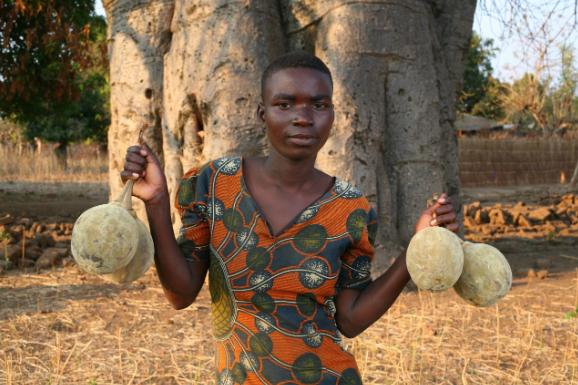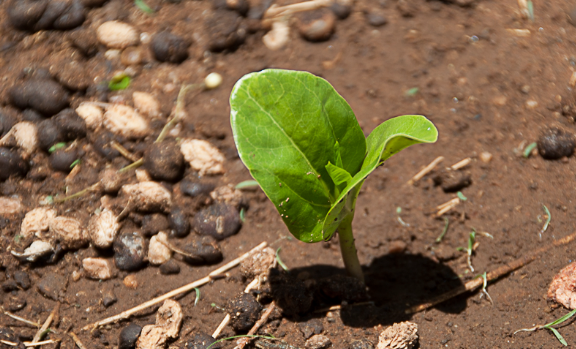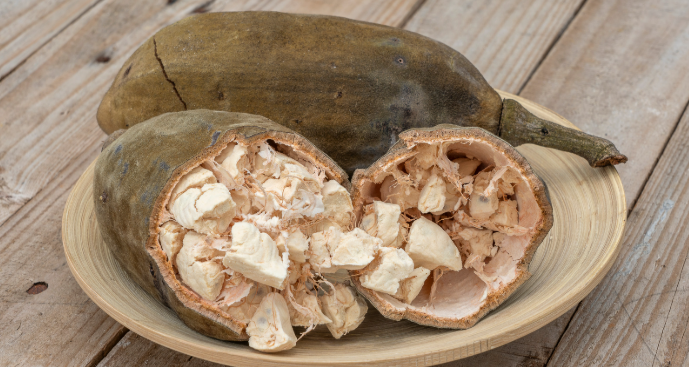The Mubuyu tree, also known as the African baobab (Adansonia digitata), is a legendary and iconic tree native to the African savannas. Revered for its striking appearance, incredible longevity, and numerous benefits, this tree is a gift to both nature and humanity. Whether you’re a gardener, a health enthusiast, or an environmentalist, the Mubuyu is a tree worth knowing and cultivating.
Planting and taking care of the Mubuyu Tree
Growing a Mubuyu tree requires patience and the right conditions, but the rewards are well worth the effort. Here’s how to get started:
The Mubuyu thrives in warm, arid, or semi-arid climates, much like its native African habitat. It needs plenty of sunlight and well-draining soil to prevent root rot. If you live in a region with cold winters, consider growing it in a large container that can be moved indoors during freezing temperatures.
Mubuyu seeds have a hard outer shell, which means they require scarification (lightly scratching or soaking in warm water for 24 hours) to improve germination. After soaking, plant the seeds in a seed tray or small pots filled with sandy, well-draining soil.
Sow the seeds about 1 inch deep and keep the soil moist but not waterlogged. Germination can take anywhere from two weeks to several months, so patience is key. Once the seedlings are about 6 inches tall, they can be transplanted to their permanent location.
If planting outdoors, choose a spot with ample space—Mubuyu trees grow massive, with some reaching up to 80 feet in height and 40 feet in width. Dig a hole twice the size of the root ball, place the seedling, and backfill with a mix of compost and soil. Water thoroughly after planting.
Young trees need regular watering until they establish deep roots. Once mature, the Mubuyu is highly drought-resistant and requires minimal watering. Overwatering can be detrimental, so ensure the soil dries out between waterings.
The tree prefers sandy or loamy soil with good drainage. While it doesn’t need much fertilizer, an occasional application of organic compost can boost growth, especially in poor soils.
Prune dead or weak branches to maintain shape and encourage healthy growth. The Mubuyu’s bark is sensitive to damage, so avoid unnecessary cuts that could expose it to disease.
Mubuyu trees are relatively hardy but can be affected by root rot in waterlogged soils. Pests like scale insects and caterpillars may appear but are rarely a serious threat. Natural remedies like neem oil can help manage infestations.

When Is Mubuyu in Season?
The Mubuyu tree follows a seasonal cycle:
- Flowering Season: Typically occurs during the rainy season, producing large, white, pendulous flowers that bloom at night and are pollinated by bats and insects.
- Fruiting Season: The fruits, known as baobab fruits, mature in the dry season (usually between April and June in many African regions). The hard-shelled pods contain a dry, powdery pulp rich in nutrients.
Benefits of Mubuyu to Nature
The Mubuyu tree is an ecological powerhouse:
- Wildlife Support: Its flowers attract pollinators like bats and bees, while its fruits and leaves provide food for birds, monkeys, and other animals.
- Soil Enrichment: The tree’s deep roots help prevent soil erosion, and its fallen leaves decompose into nutrient-rich organic matter.
- Carbon Sequestration: As a long-lived tree, it stores significant amounts of carbon, helping combat climate change.
- Water Retention: The trunk can store thousands of liters of water, making it a vital resource in arid regions.
Health Benefits of Mubuyu for Humans
The Mubuyu tree is often called the “Tree of Life” due to its incredible nutritional and medicinal properties:
- Rich in Vitamin C: The fruit pulp contains six times more vitamin C than oranges, boosting immunity.
- High in Antioxidants: Helps fight inflammation and oxidative stress.
- Digestive Health: The pulp is high in fiber, aiding digestion and gut health.
- Mineral Powerhouse: Provides calcium, potassium, magnesium, and iron.
- Hydration and Energy: The leaves can be cooked as a vegetable, while the pulp is often mixed into drinks for a refreshing, nutrient-dense boost.
The Mubuyu tree is not just a plant—it’s a symbol of resilience, a lifeline for ecosystems, and a treasure trove of health benefits. By planting and caring for one, you contribute to environmental conservation while gaining a source of natural nutrition. Whether you grow it for shade, fruit, or its majestic presence, the Mubuyu is a tree that keeps on giving for generations.


